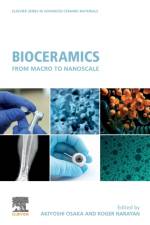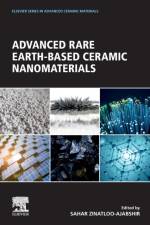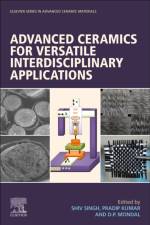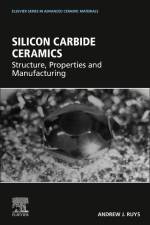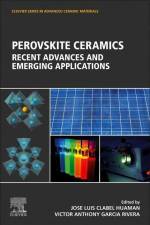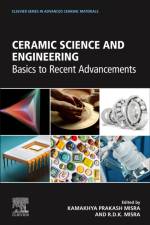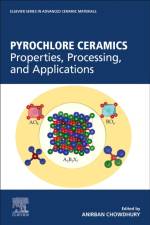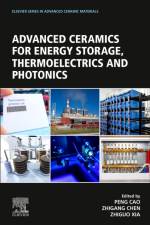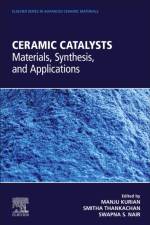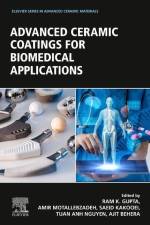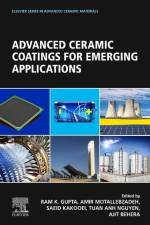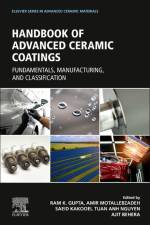av Ram Gupta
2 967
Handbook of Advanced Ceramic Coatings: Fundamentals, Manufacturing and Classification introduces ceramic coating materials, methods of fabrication, characterizations, the interaction between fillers, reinforcers, and environmental impact, and the functional classification of ceramic coatings. The book is one of four volumes that together provide a comprehensive resource in the field of Advanced Ceramic Coatings, also including titles covering energy, biomedical and emerging applications. These books will be extremely useful for academic and industrial researchers and practicing engineers who need to find reliable and up-to-date information about recent progresses and new developments in the field of advanced ceramic coatings. Smart ceramic coatings containing multifunctional components are now finding application in transportation and automotive industries, in electronics, and energy sectors, in aerospace and defense, and in industrial goods and healthcare. Their wide application and stability in harsh environments are only possible due to the stability of the inorganic components used. Ceramic coatings are typically silicon nitride, chromia, hafnia, alumina, alumina-magnesia, silica, silicon carbide, titania, and zirconia-based compositions. The increased demand for these materials and their application in energy, transportation, and the automotive industry, are considered, to be the main drivers.

